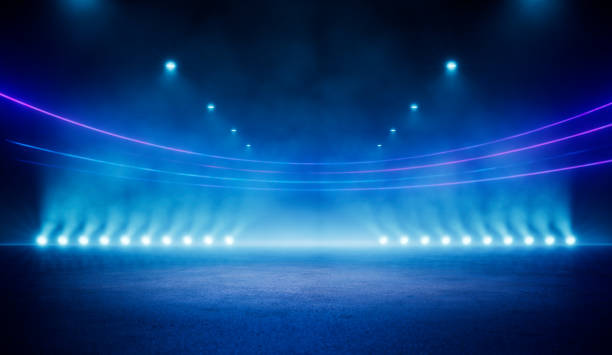The Power of Blue Light: A Double-Edged Sword for Health and Wellness
Is it possible that the blue light emanating from our devices could have both positive and negative impacts on our health? This intriguing question paves the way for a deep dive into the science of blue light, its effects on our well-being, and how we can harness its power for better health.

A Crash Course on Blue Light
To understand the role of blue light in health, we need to first understand what it is. Blue light is a color in the visible light spectrum that can be seen by the human eye. It has a short wavelength, which means it produces higher amounts of energy. Historically, the primary source of blue light was from the sun. But now, we live in an age where we’re surrounded by digital screens which also emit significant amounts of blue light.
Blue Light and Your Health: The Good, The Bad, and The Ugly
The Good:
- Blue light from the sun plays a crucial role in regulating our body’s natural sleep and wake cycles. This is also known as our circadian rhythm.
- During daylight hours, blue light can boost attention, reaction times, and mood.
The Bad & The Ugly:
- Too much exposure to blue light from screens close to bedtime can disrupt this rhythm, making it harder to sleep.
- Digital eyestrain: Blue light from computer screens and digital devices can decrease contrast leading to digital eyestrain.
The Science Behind Blue Light and Sleep
Recent research has shown that exposure to blue light suppresses the production of the sleep hormone melatonin more than any other type of light. It is believed that the shorter wavelengths in blue light is what is responsible for this. This effect can potentially lead to significant sleep disturbances.
Mitigating the Negative Effects of Blue Light
Given our dependence on digital devices in the modern world, it’s essential to find ways to mitigate the negative effects of blue light.
- Screen filters are available for smartphones, tablets, and computer screens that reduce the amount of blue light given off from these devices.
- Wearing blue-light-blocking glasses can help limit exposure.
- Use of devices should be limited in the hour leading up to bedtime.
Fascinating Factoids about Blue Light
- Some studies suggest that exposure to blue light could help treat Seasonal Affective Disorder (SAD).
- Not all blue light is bad. A 2018 study found that blue light has antimicrobial properties. It can kill a wide range of bacteria, even drug-resistant ones, making it a promising sterilizer.
- Blue light therapy is used to help newborns with jaundice, a condition characterized by yellowing of the skin and eyes.
In conclusion, while blue light has its benefits, it’s important to manage our exposure to it. By better understanding the impacts of blue light on our health, we can take steps to protect our eyes and maintain our body’s natural rhythm. The power of blue light truly is a double-edged sword, one that we need to wield wisely.


